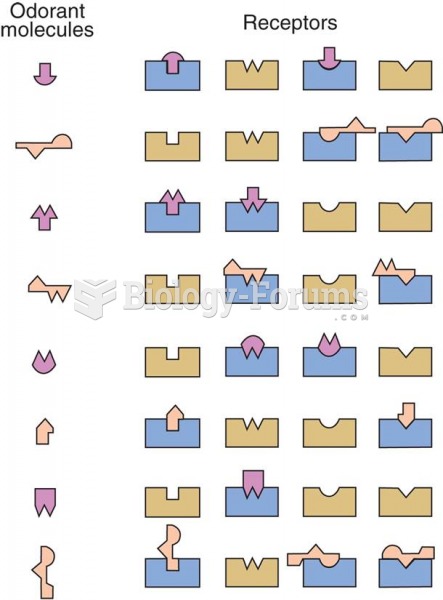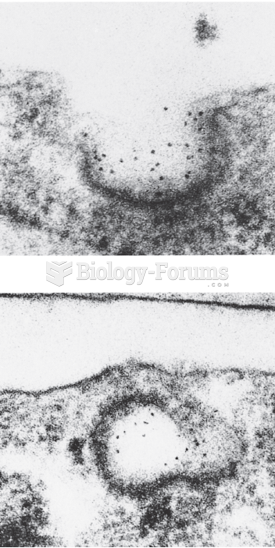|
|
|
Anesthesia awareness is a potentially disturbing adverse effect wherein patients who have been paralyzed with muscle relaxants may awaken. They may be aware of their surroundings but unable to communicate or move. Neurologic monitoring equipment that helps to more closely check the patient's anesthesia stages is now available to avoid the occurrence of anesthesia awareness.
More than nineteen million Americans carry the factor V gene that causes blood clots, pulmonary embolism, and heart disease.
There are approximately 3 million unintended pregnancies in the United States each year.
More than 30% of American adults, and about 12% of children utilize health care approaches that were developed outside of conventional medicine.
If you could remove all of your skin, it would weigh up to 5 pounds.
 The three stages of cell signalling: receptor activation, signal transduction, and a cellular respon
The three stages of cell signalling: receptor activation, signal transduction, and a cellular respon
 To measure fuel-injector resistance, a technician constructed a short wiring harness with a double ...
To measure fuel-injector resistance, a technician constructed a short wiring harness with a double ...





